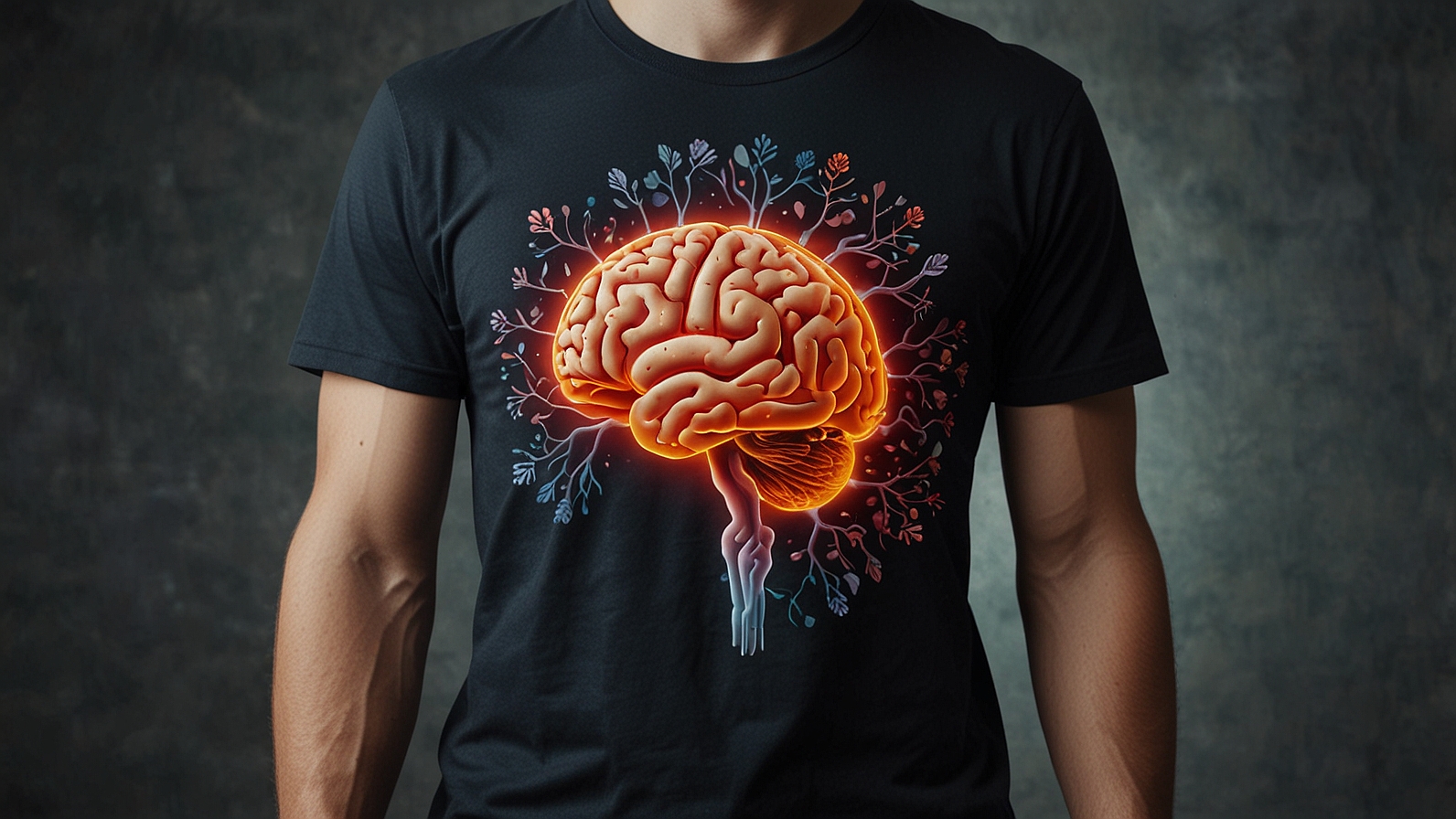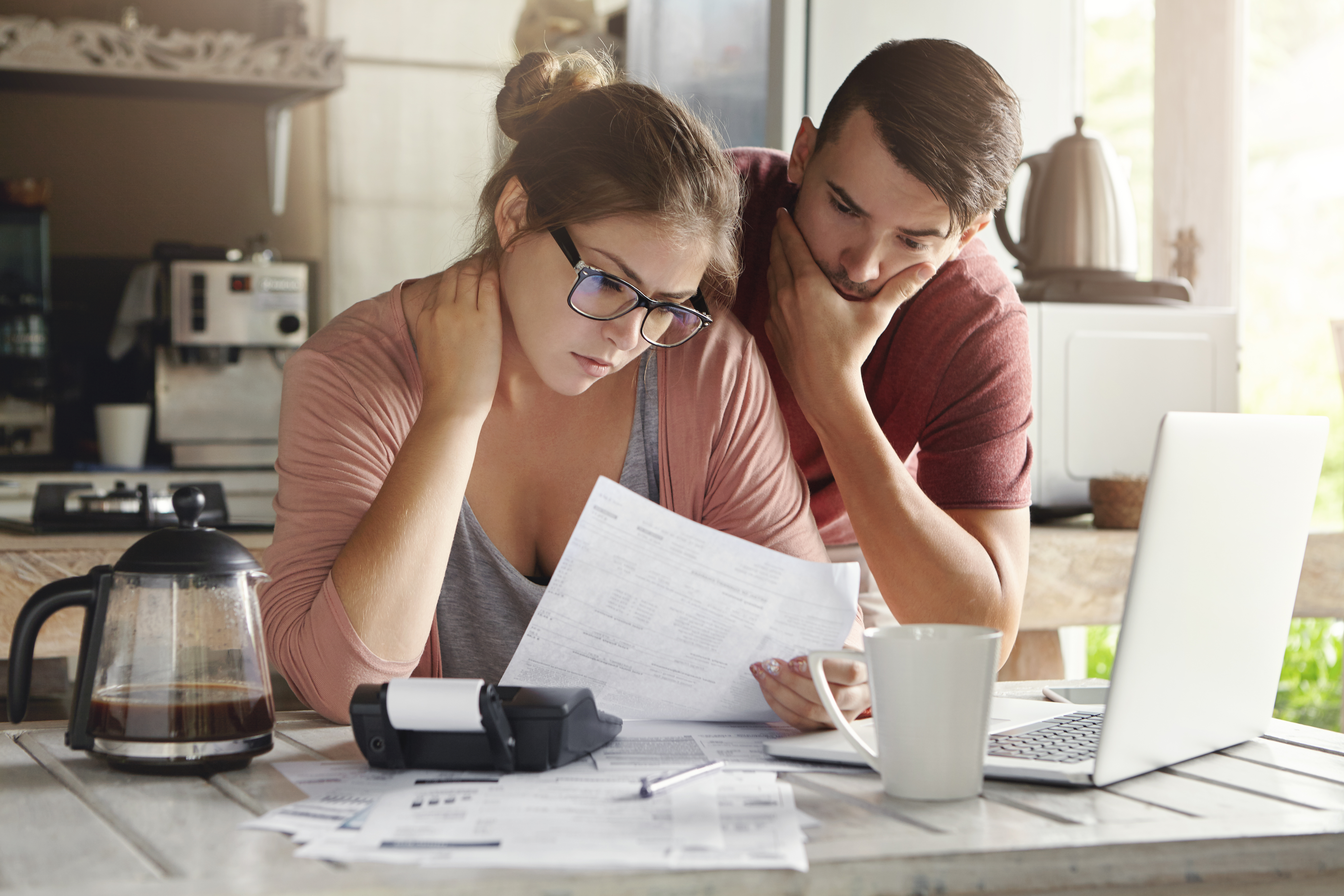In a world that often glorifies speed — from fast food to express vacations — a growing number of travelers are embracing a more mindful way to explore: slow travel and slow food. Rooted in the idea that experiences are richer when savored, this approach invites you to immerse yourself deeply in the culture, cuisine, and rhythm of a destination.
Slow travel is about lingering in places longer, forming connections with locals, and saying “yes” to experiences off the beaten path. Pair that with the slow food movement — which emphasizes locally grown, sustainable, and traditional cooking — and you have a recipe for travel that’s both fulfilling and delicious.
What Is Slow Travel?
Slow travel prioritizes quality over quantity. Instead of ticking ten cities off a checklist, slow travelers might spend a week or more in one town, exploring hidden corners, discovering favorite cafés, and connecting with local life. It’s about depth rather than breadth — truly experiencing a place, not just visiting it.
Key principles of slow travel include:
- Spending more time in fewer places
- Supporting local businesses and artisans
- Choosing eco-friendly transportation when possible
- Engaging with local communities authentically
Slow travel reminds us that getting to know a single destination well can be far more meaningful than briefly glimpsing many.
What Is the Slow Food Movement?
Born in Italy in the late 1980s, the Slow Food movement was a response to the spread of fast-food culture. It celebrates traditional cooking methods, local ingredients, and sustainable farming practices. Slow Food advocates for food that is:
- Good: Delicious and fresh
- Clean: Produced sustainably
- Fair: Accessible prices for consumers and fair conditions for producers
When you combine slow food and slow travel, you experience a destination through its most authentic flavors, directly from the people who nurture them.
How to Embrace Slow Food, Slow Travel
Ready to savor your next trip? Here’s how you can dive in:
1. Stay Local
Choose accommodations like locally owned guesthouses, eco-lodges, or farm stays. These options often offer connections to nearby producers and artisans, helping you access authentic experiences and meals.
2. Shop and Eat at Farmers’ Markets
Skip the supermarket chains and discover fresh produce, homemade cheeses, artisan breads, and regional specialties at farmers’ markets. It’s also a great way to meet the people who grow your food.
Tip: Many markets offer on-the-spot tastings — don’t be shy!
3. Seek Out Farm-to-Table Restaurants
Farm-to-table dining means that most of the ingredients are sourced locally, often from nearby farms or producers. Not only are these meals incredibly fresh, but they also showcase seasonal and regional flavors.
Some standout farm-to-table destinations:
- Tuscany, Italy: Family-run trattorias serving dishes with ingredients grown on-site.
- Oaxaca, Mexico: Restaurants highlighting heirloom corn and traditional moles.
- New Zealand: Wineries and restaurants with menus that change with the harvest.
- California, USA: Pioneering farm-to-table scenes in Napa Valley and Sonoma.
4. Take a Cooking Class
One of the best ways to understand a culture is through its cuisine. Cooking classes offer a hands-on introduction to local ingredients, recipes, and traditions. Plus, you’ll leave with a new skill (and maybe a few secret family recipes).
5. Visit Farms, Vineyards, and Artisanal Producers
Many regions offer tours of organic farms, vineyards, olive groves, cheese-making operations, and more. These visits provide fascinating insights into traditional production methods — and often include tasty samples!
Local Farm-to-Table Recommendations
Here are a few must-visit spots if you’re planning a slow food, slow travel adventure:
- Pujol (Mexico City, Mexico): A world-renowned restaurant focusing on traditional Mexican ingredients and techniques.
- Blue Hill at Stone Barns (Pocantico Hills, New York, USA): An extraordinary farm-to-table dining experience set on a working farm.
- Fattoria La Vialla (Tuscany, Italy): A biodynamic farm offering tastings of their organic wines, cheeses, and pastas.
- Brae (Victoria, Australia): An organic farm restaurant where nearly everything on the plate is grown on-site.
Wherever you go, look for local directories of organic farms, farmers’ markets, and slow food-approved eateries. These resources are usually available online or at local tourism offices.
Final Thoughts: Savor the Journey
Slow food and slow travel are about choosing connection over convenience. They encourage you to look closer, taste deeper, and build genuine relationships with the places and people you encounter.
In the end, it’s not just about the meals you eat — it’s about the stories behind them, the hands that grew them, and the memories you create along the way. So next time you plan a trip, resist the urge to rush. Sit down, take a deep breath, and explore the world one unforgettable bite at a time.














